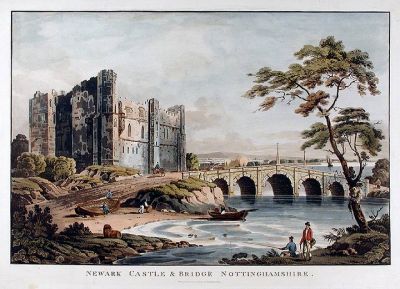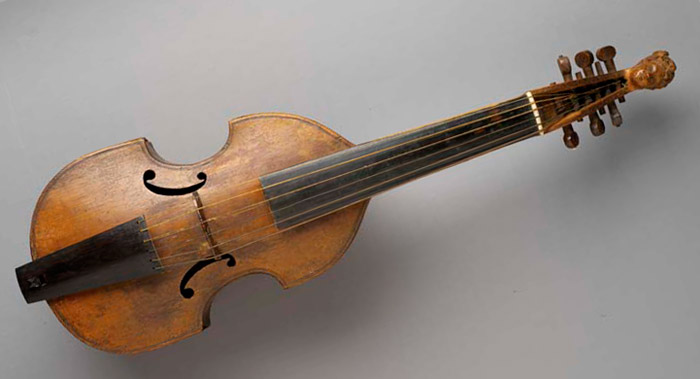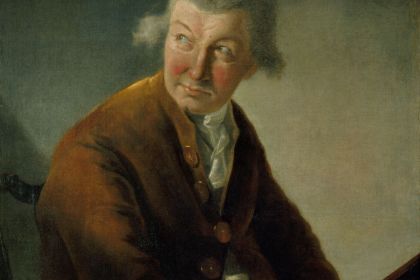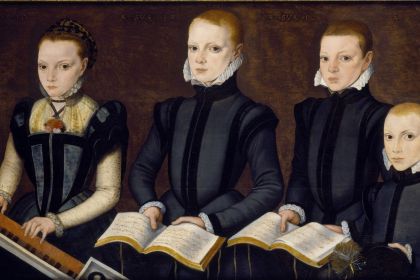VIOL
Exceptional sensibility of consort music from the traveling maestro of the Stuart era

Newark Castle and Bridge published by J.Deeley
John Jenkins (1592–1678), lutenist and string player, was the most eminent composer of the Stuart and Commonwealth eras who wrote music for chamber ensembles.
Being a travelling musician, Jenkins provided his services for both royalty (Kings Charles I and Charles II) and a great number of patrons from the nobility and gentry, notably Sir Hamon L’Estrange and Lord North, with the son of the latter even referring to Jenkins in his writings.
According to Lord Roger North's Memoires of Musick, Jenkins never received a position attached to any particular household, but instead would simply divide his time between several estates. North says that Jenkins never had a contract with any of them and simply received payment during his visits, accepting whatever they chose to give him.
Jenkins’ life was a long one, making him a witness to many musical changes from the era of Byrd to that of Purcell. He came to maturity as a composer in the 1620s, following in the footsteps of the generation who had developed the consort fantasia for viols, a music form with no soloist in an ensemble in which the musicians played the polyphonic lines that admitted to no hierarchy.
Treble Viol c. 1700

Lord North writes that Jenkins composed "horseloads of music," of which only a few hundred instrumental and around thirty vocal works survived. During his time and for some years after his death, his works appear to have been the mainstay of the English upper-class home music.
Among his most popular compositions was Newarke Seidge, written right after the siege of Newark in 1646. The duality of the subject is reflected in the structure of the piece: comprised of two contrasting parts—pavane and galliard—it depicts the clash of opposing sides, the mourning for the dead and the celebration of victory.
Listen to John Jenkins' Newarke Seidge performed by Jordi Savall with Hespèrion XXI:
Jenkins spent his final years in semi-retirement at the home of Sir Philip Wodehouse in Norfolk. His grave in Kimberly church, Norfolk, bears a little verse:
Under this Stone Rare Jenkins lie
The Master of the Musick Art
Whom from the Earth the God on High
Called up to Him to bear his part.
Aged eighty six October twenty seven
In anno seventy eight he went to Heaven.



